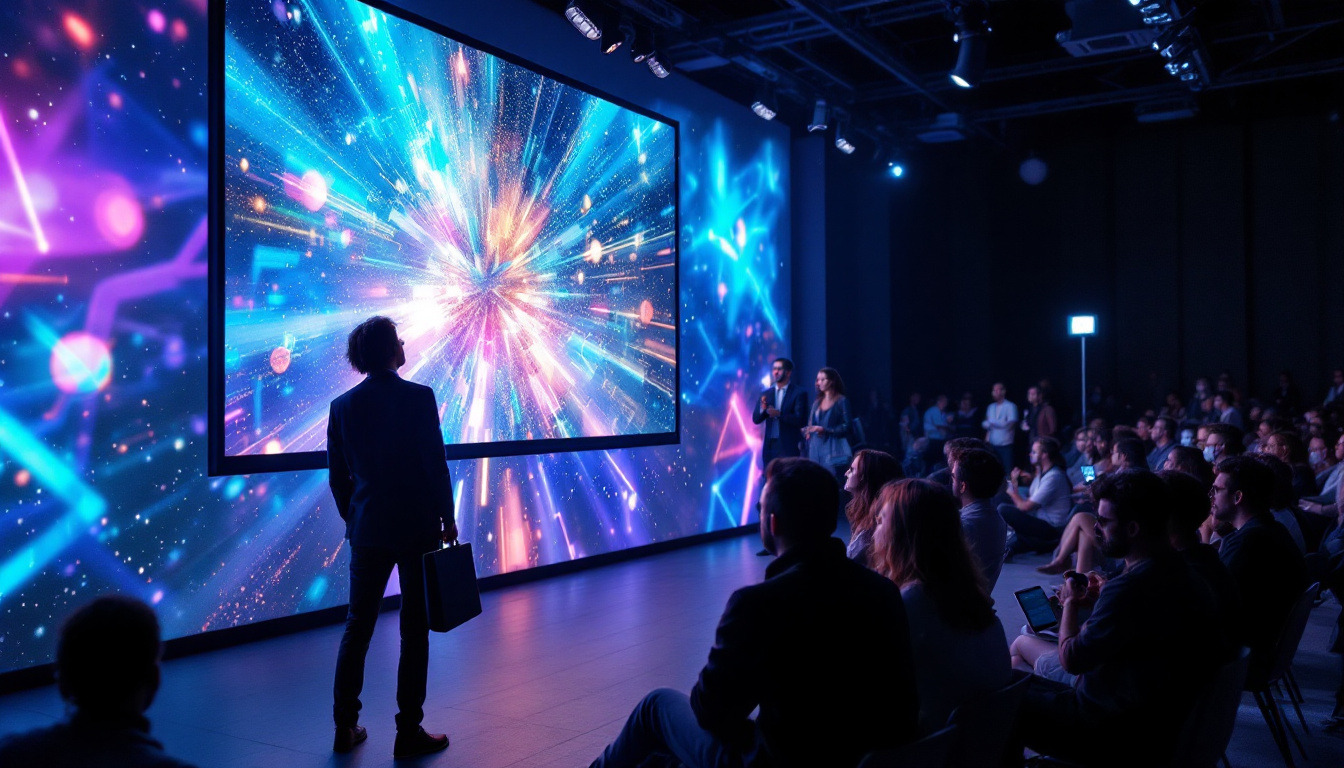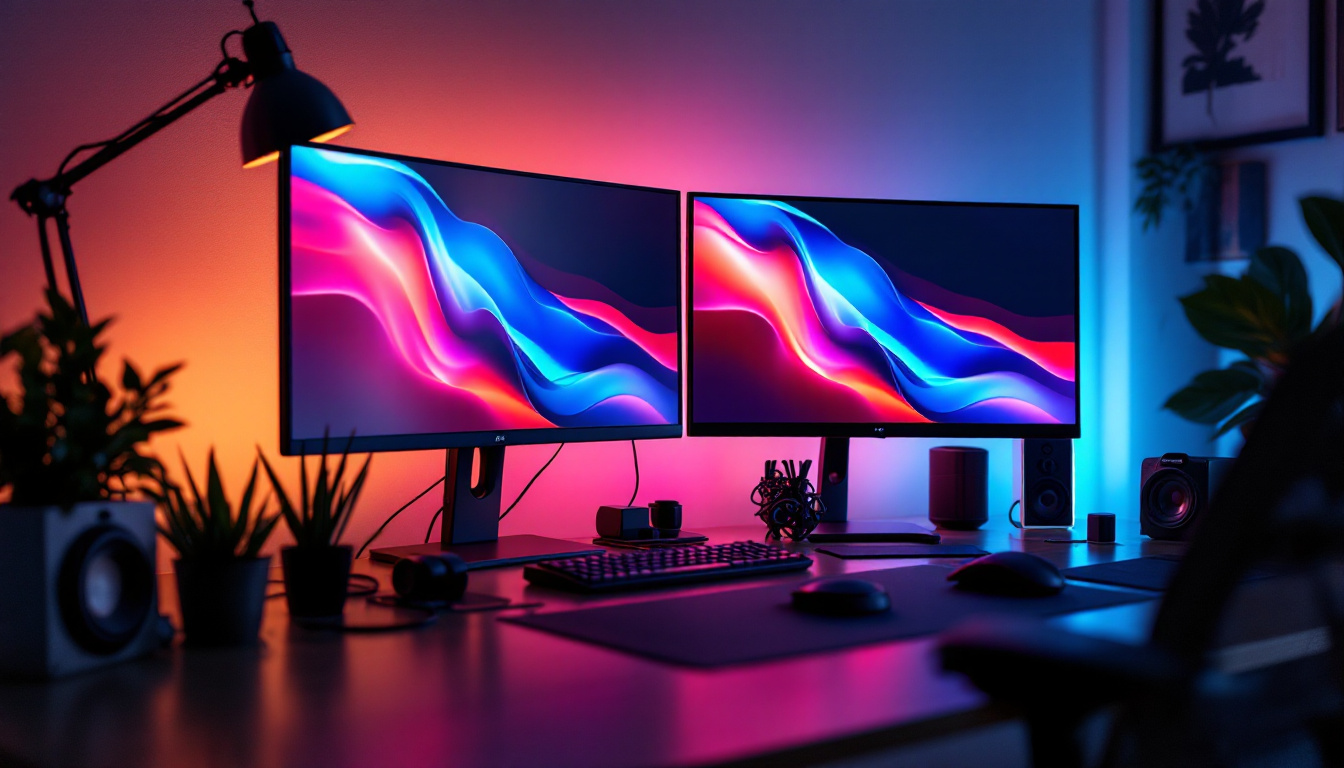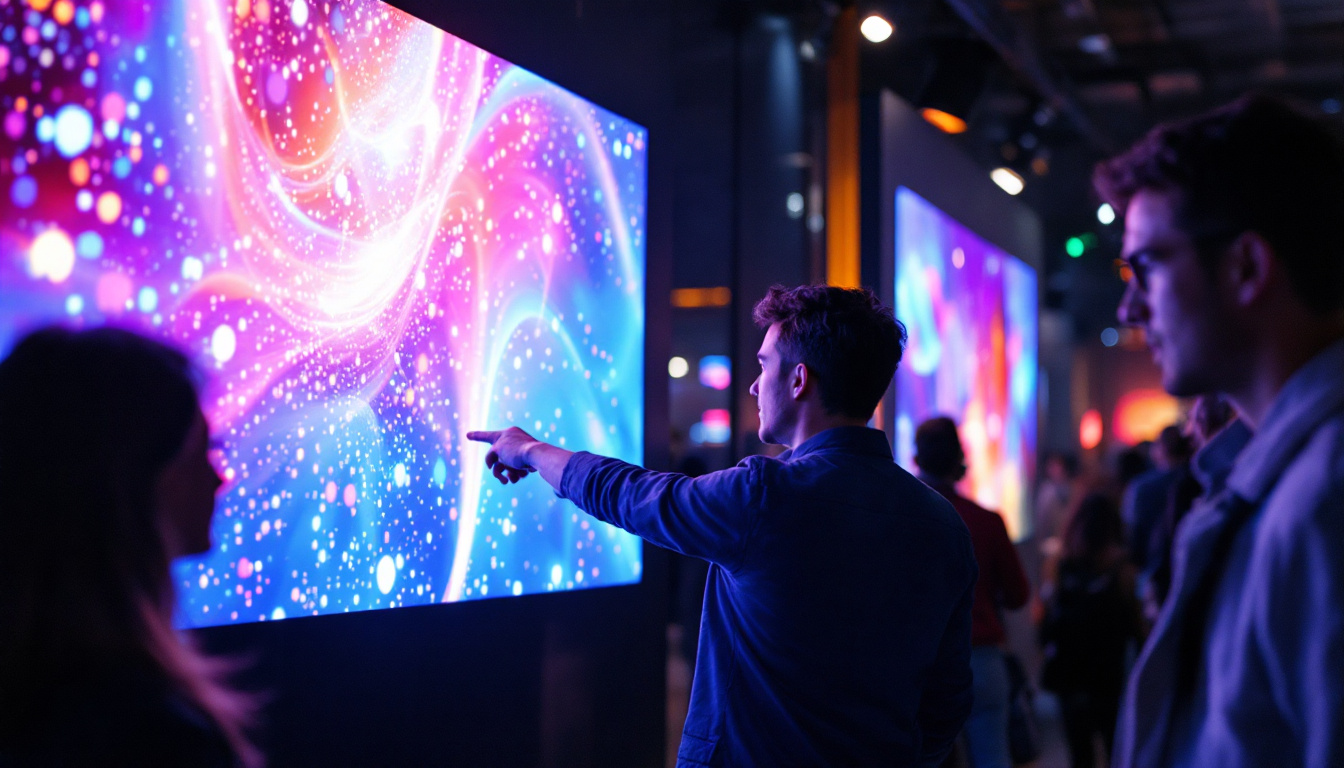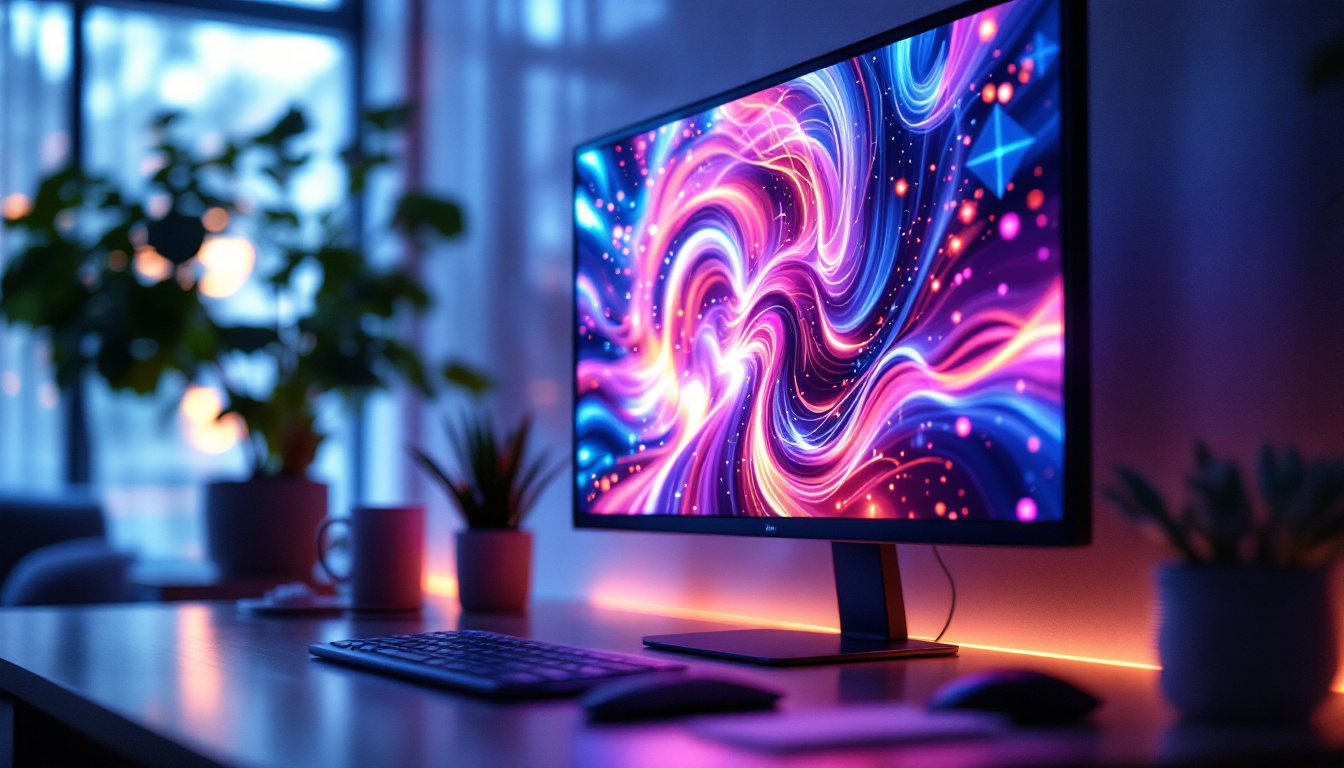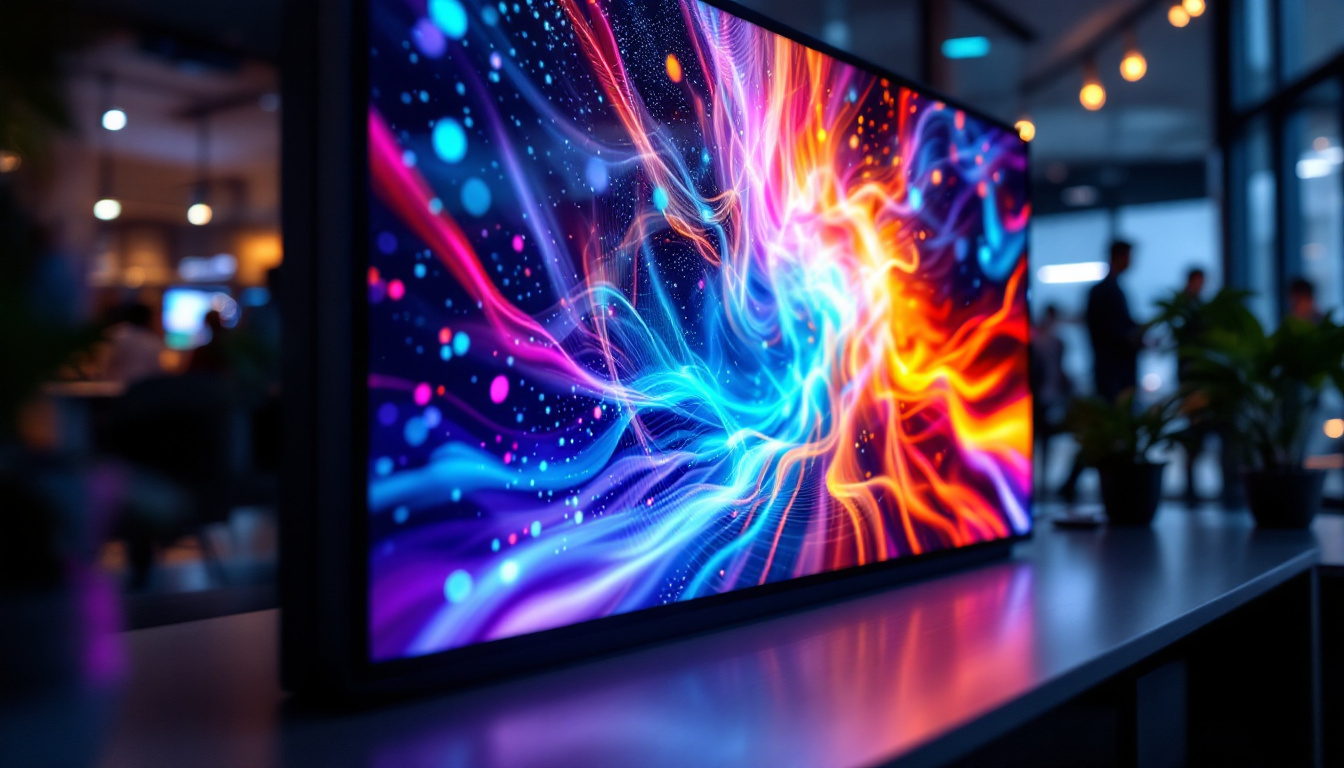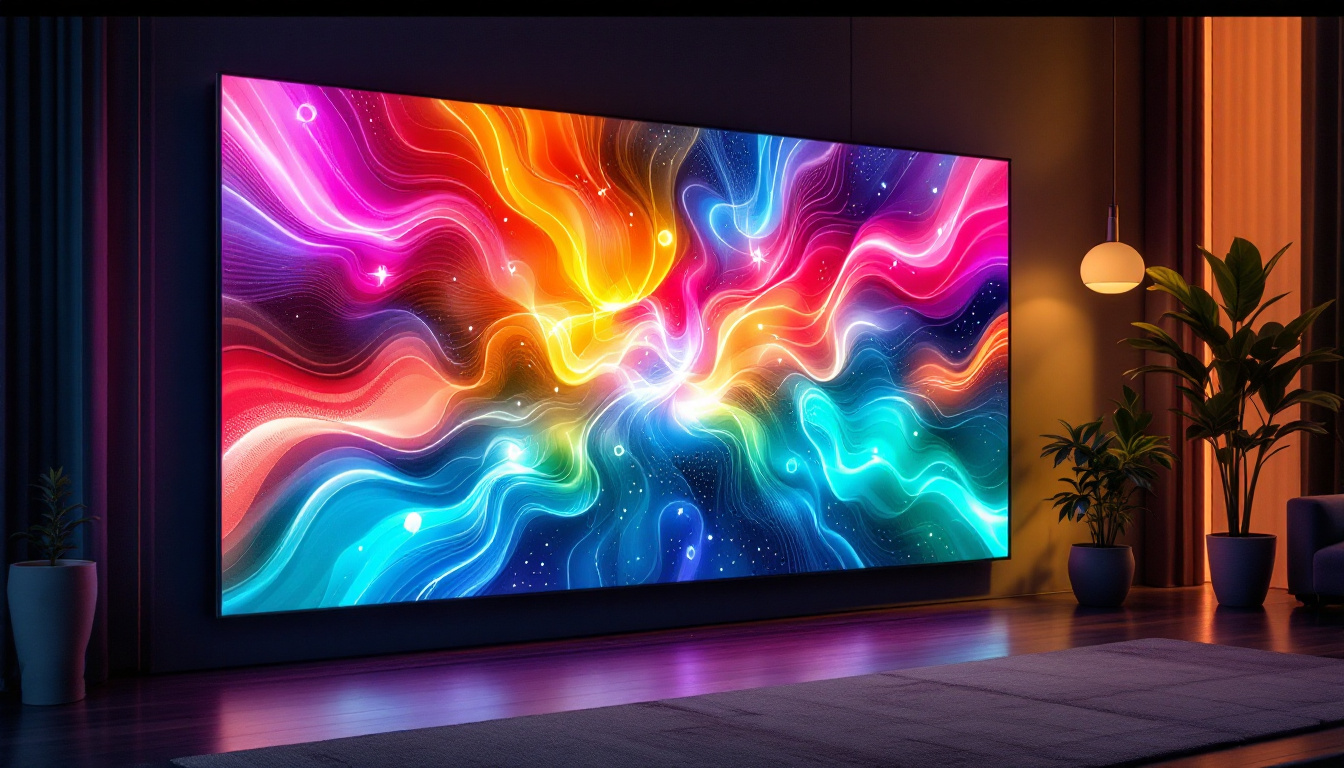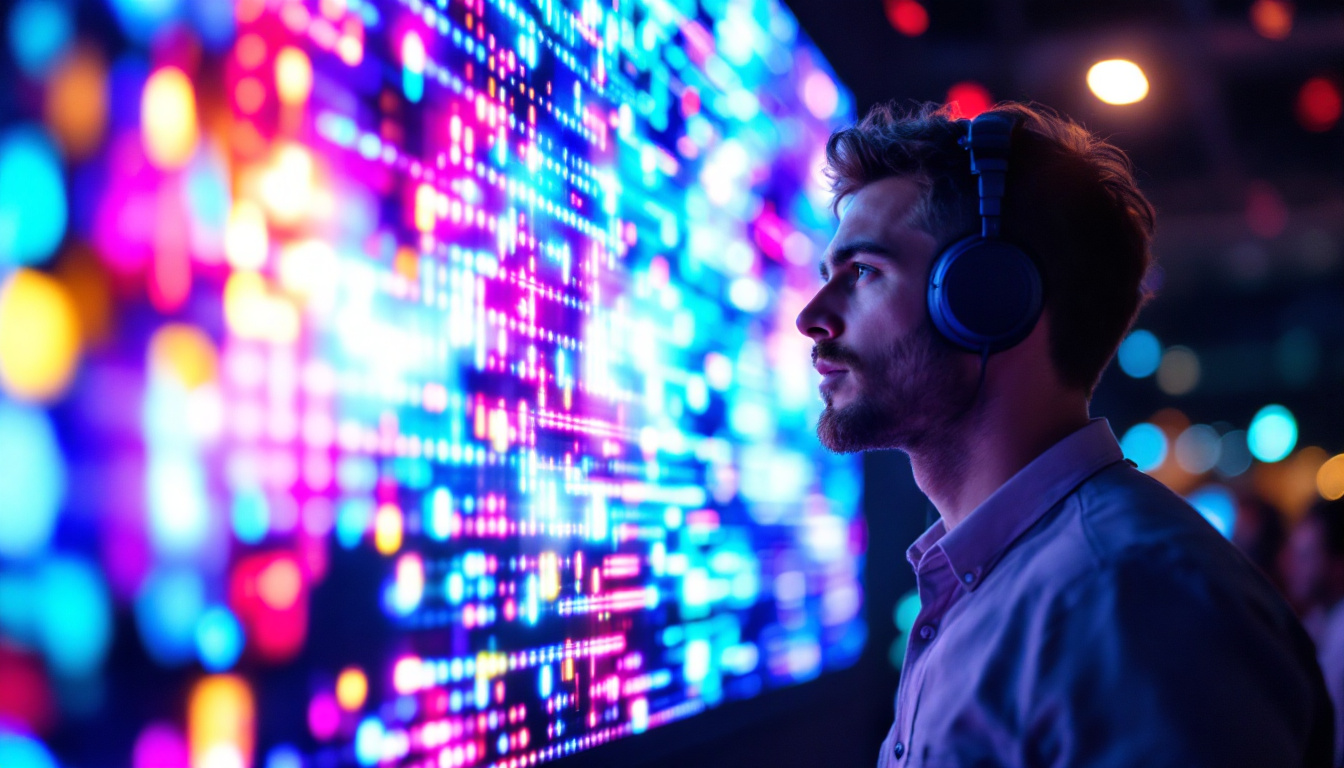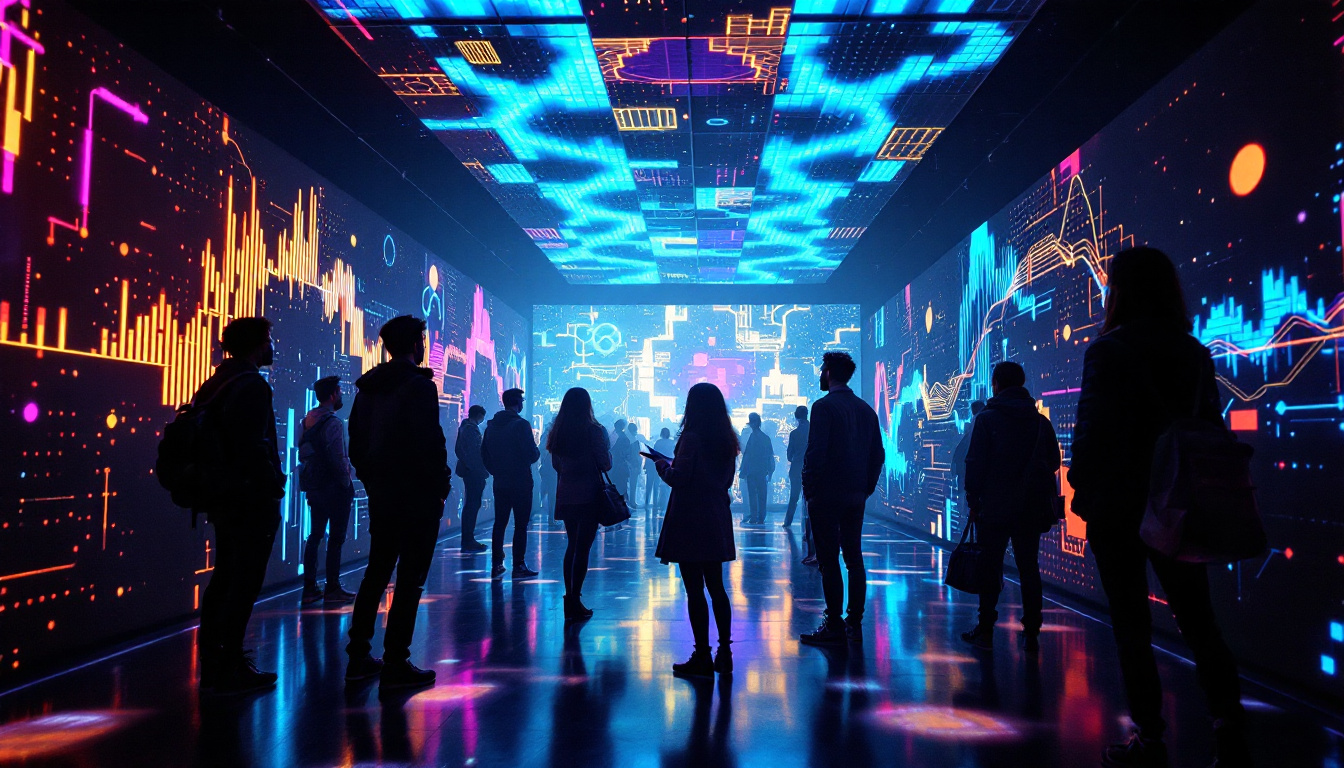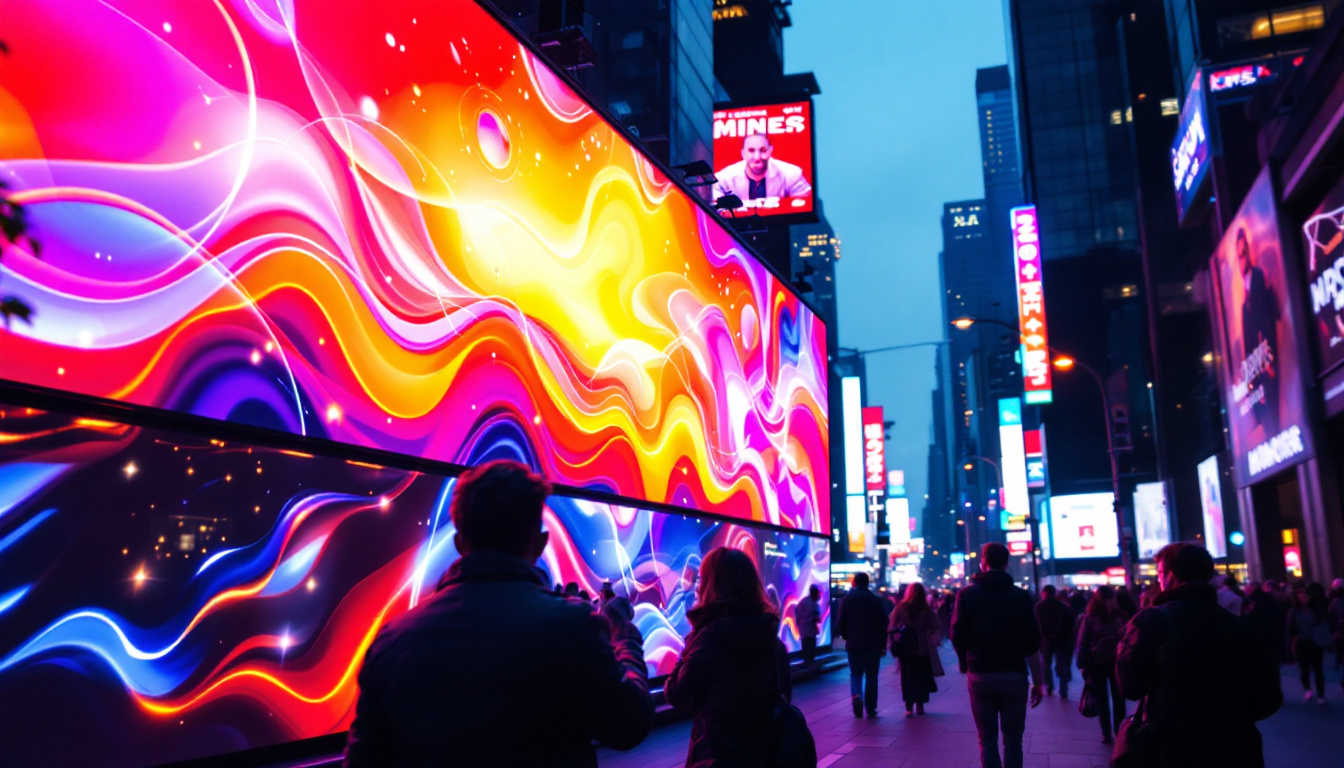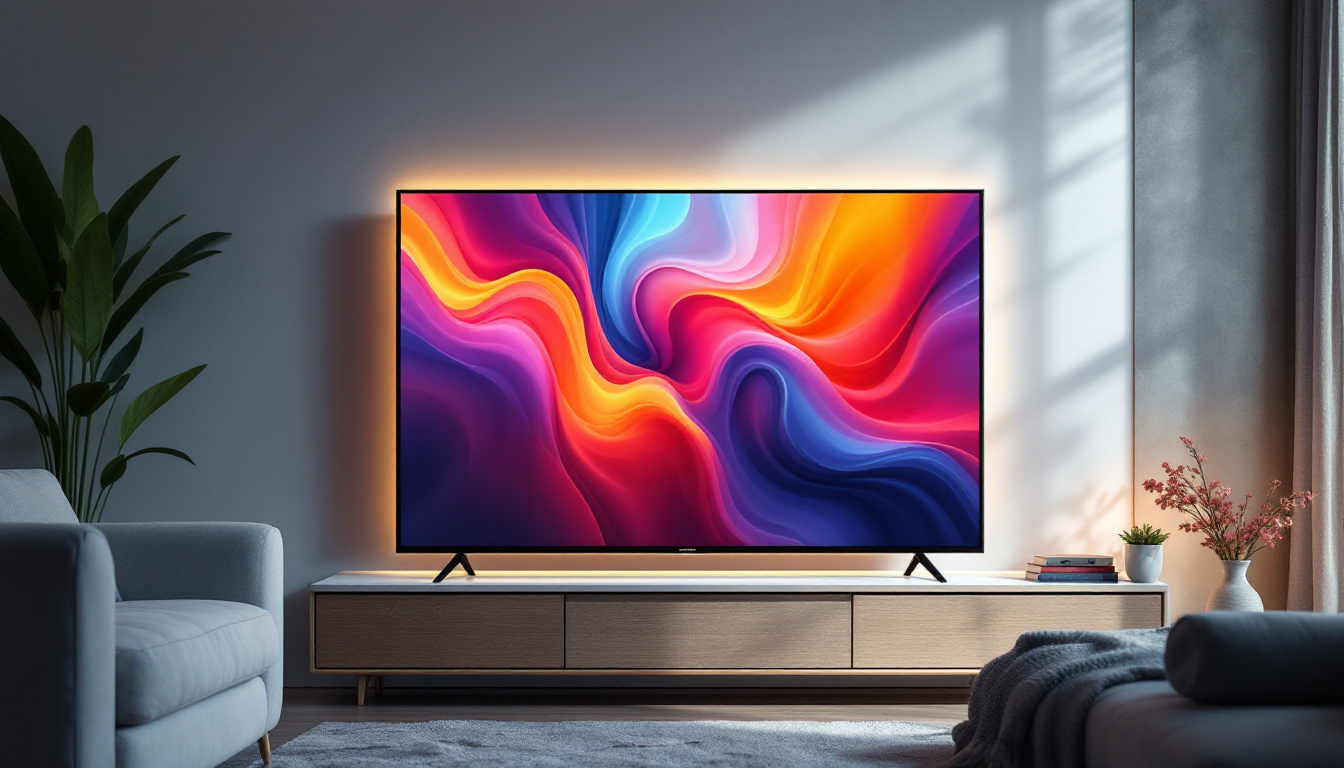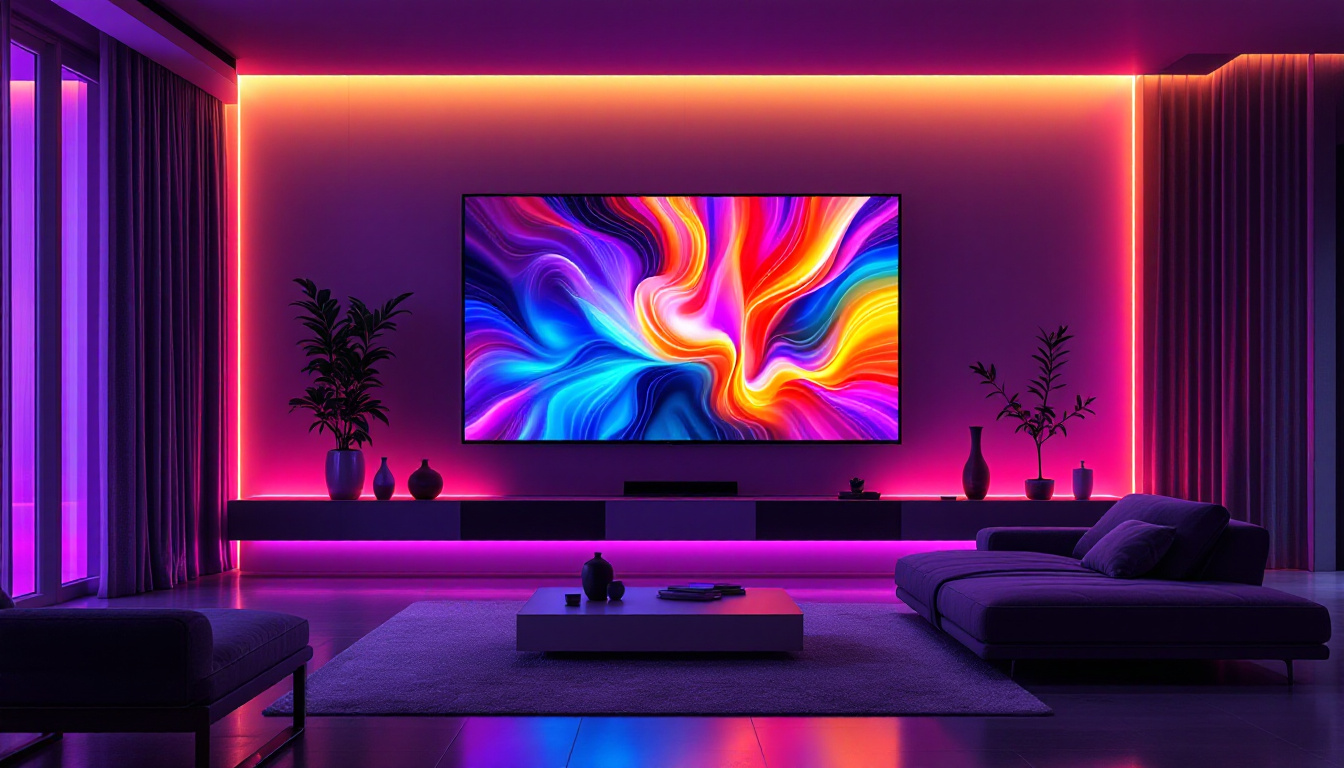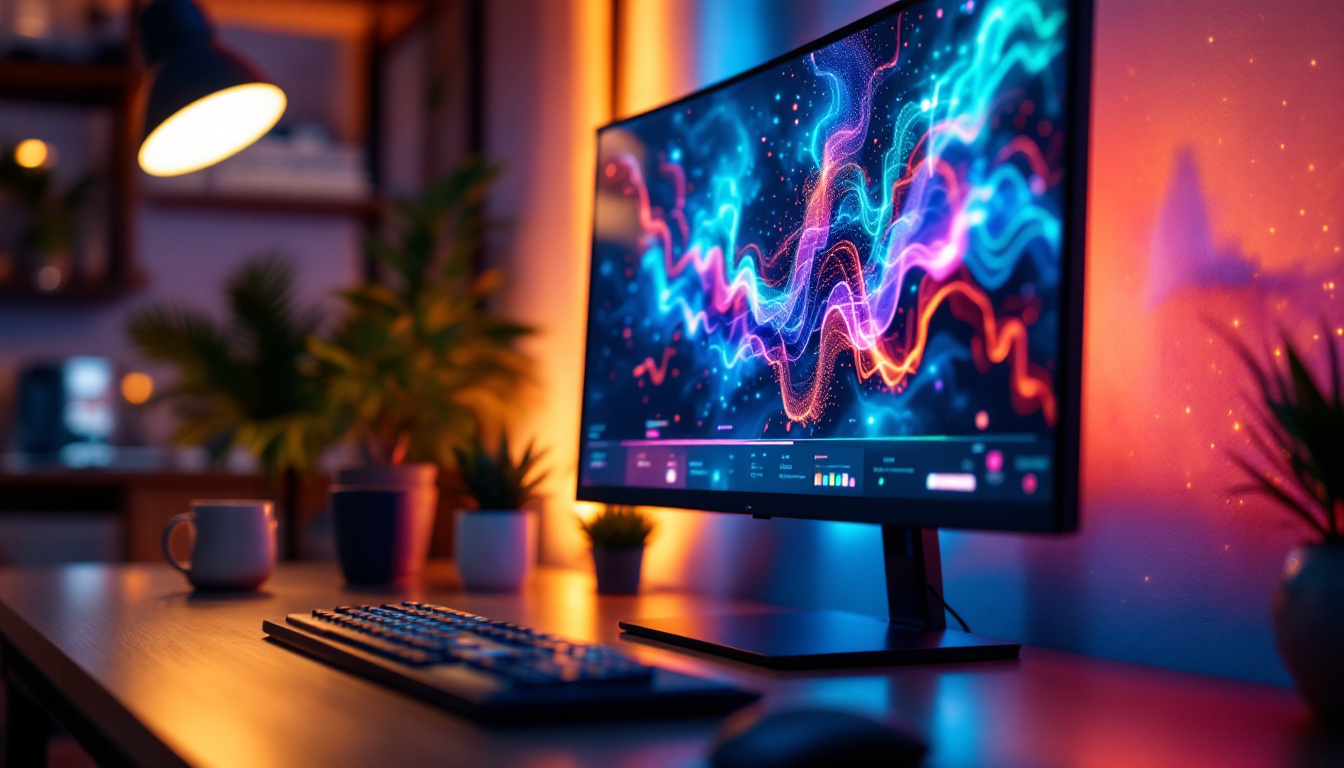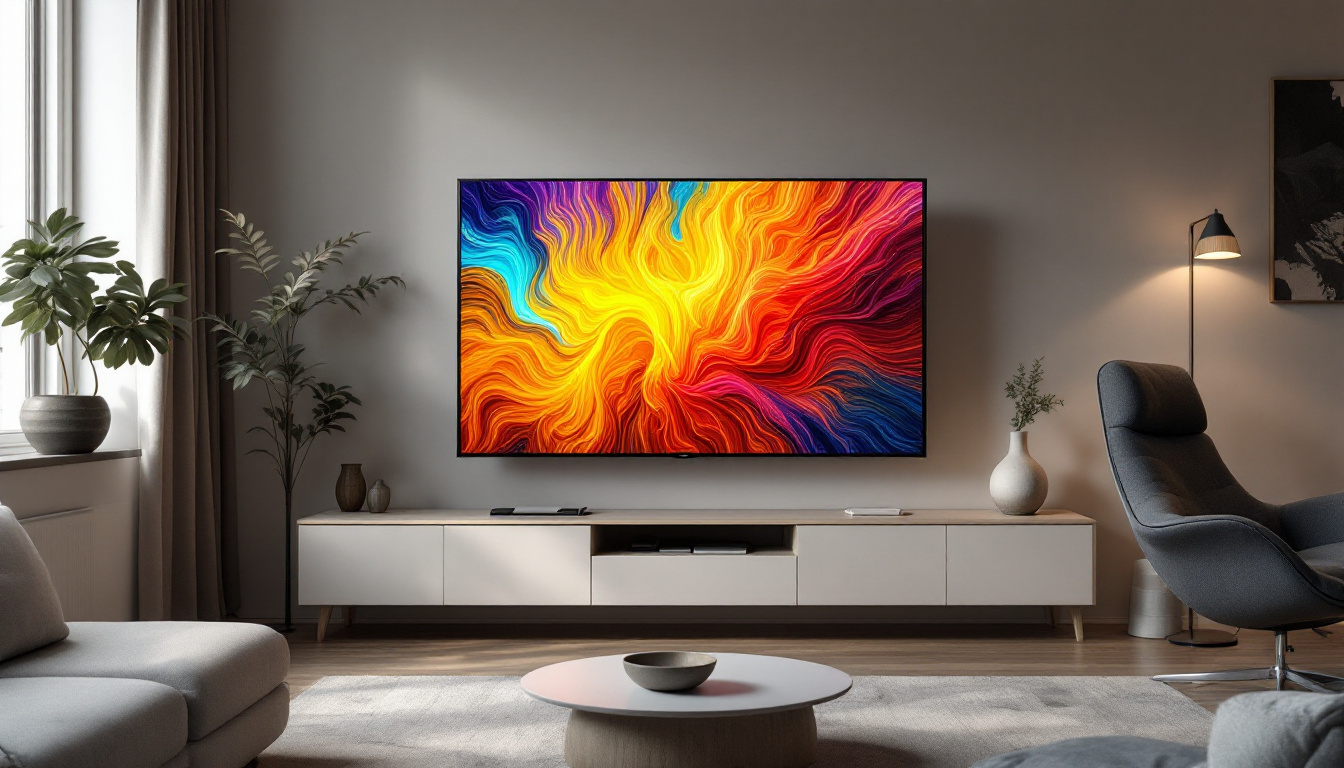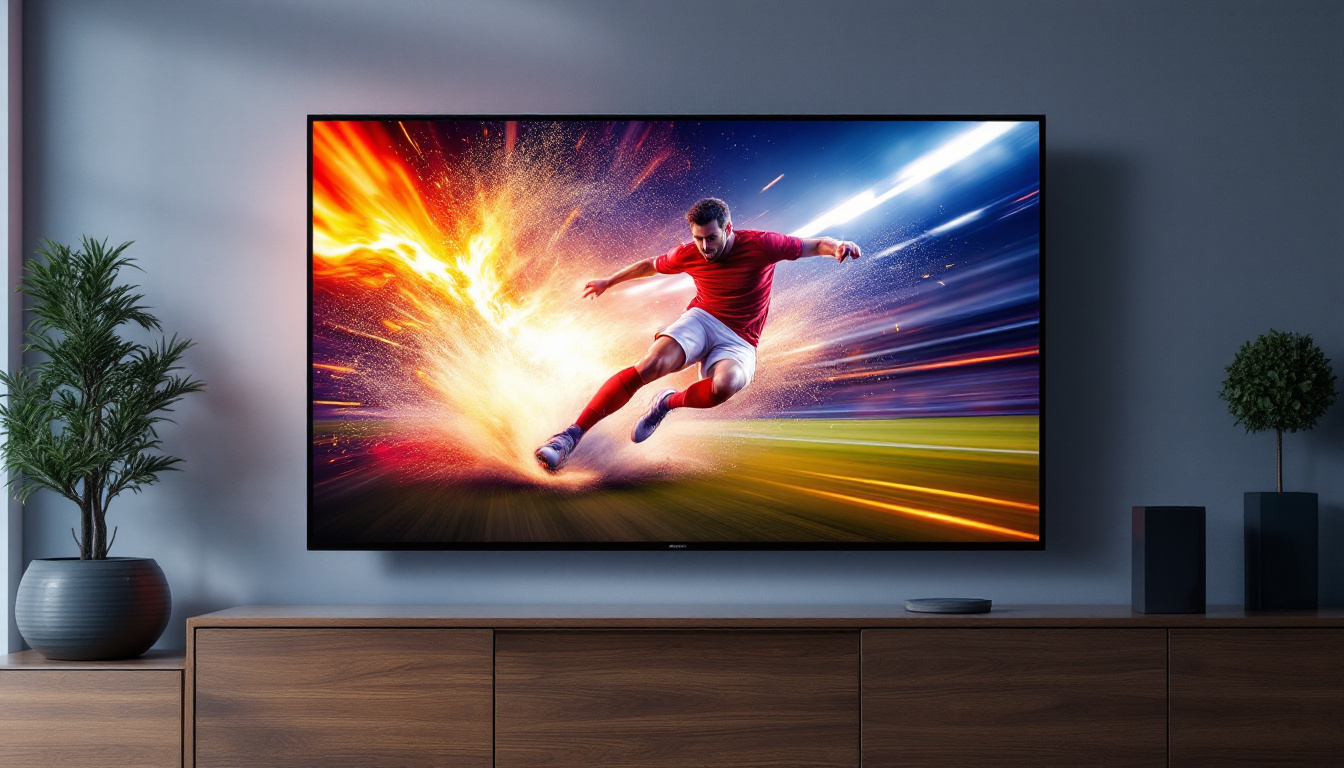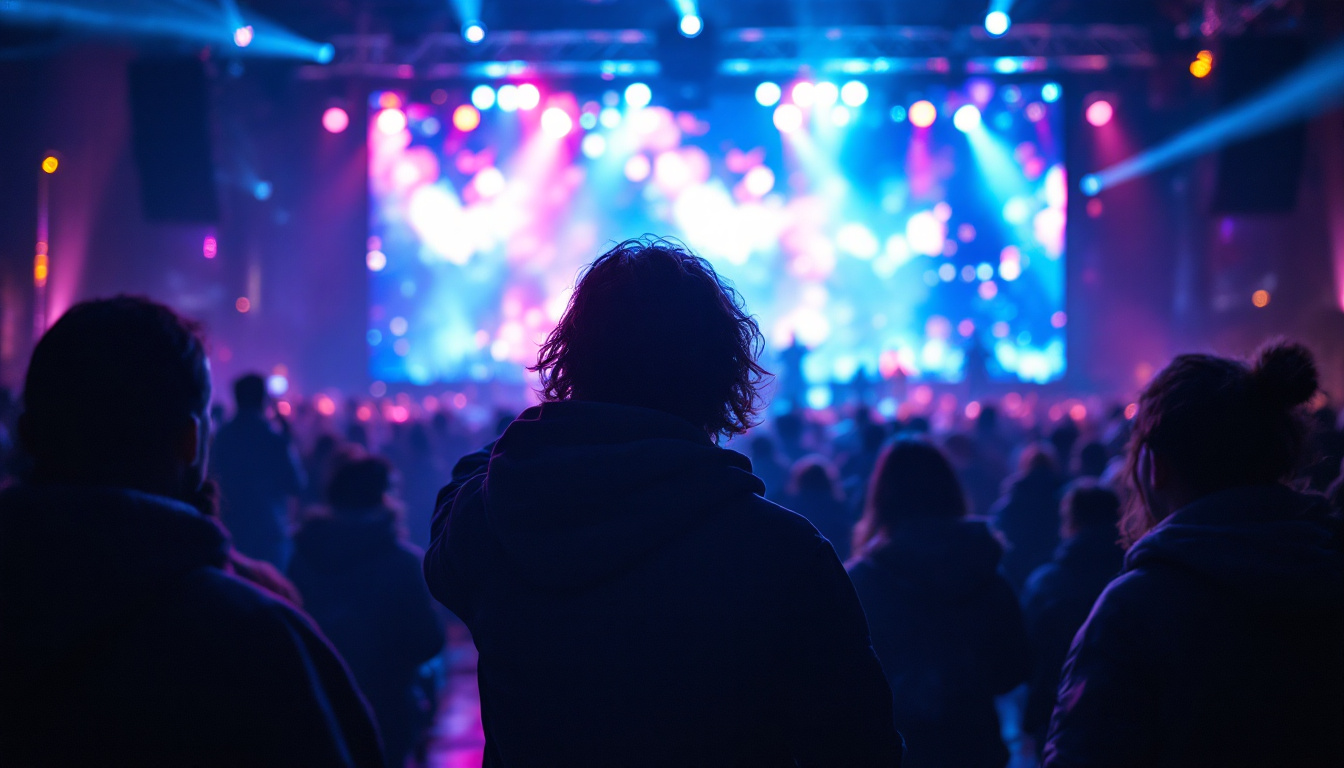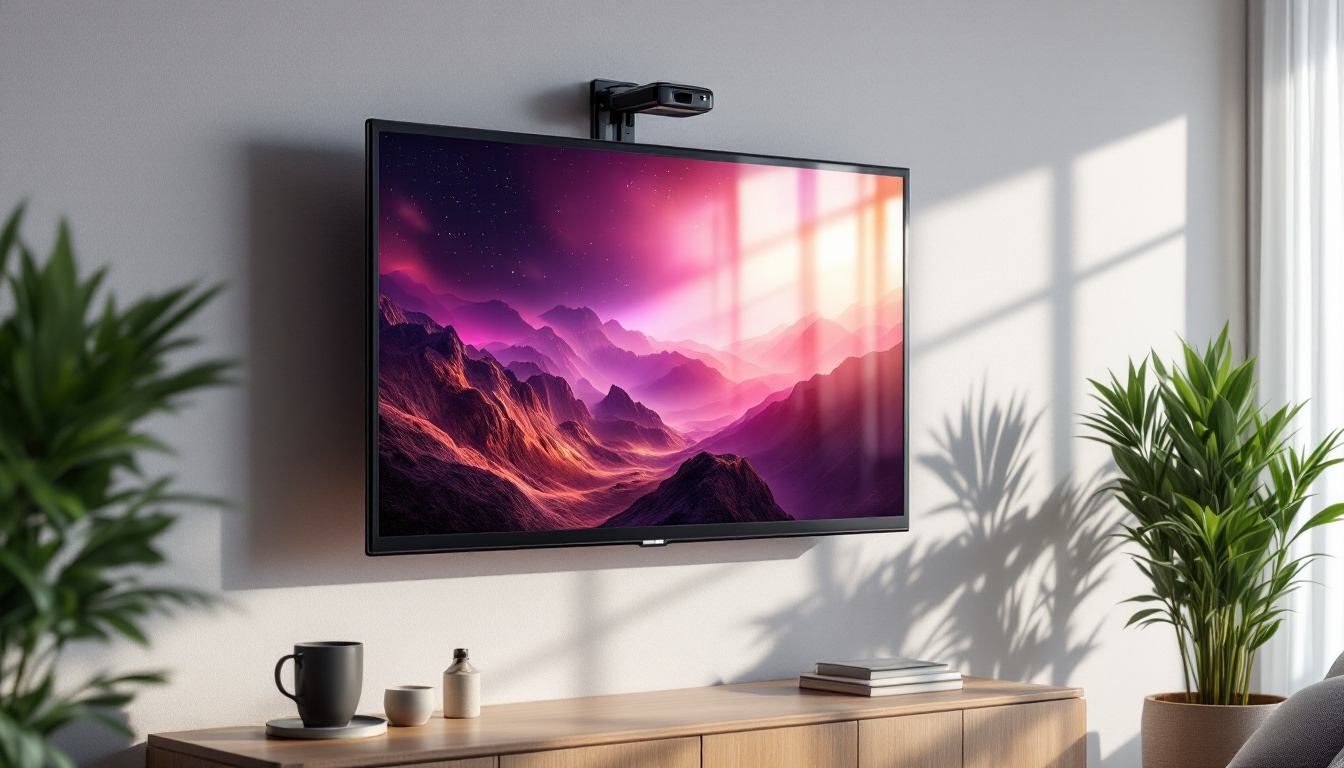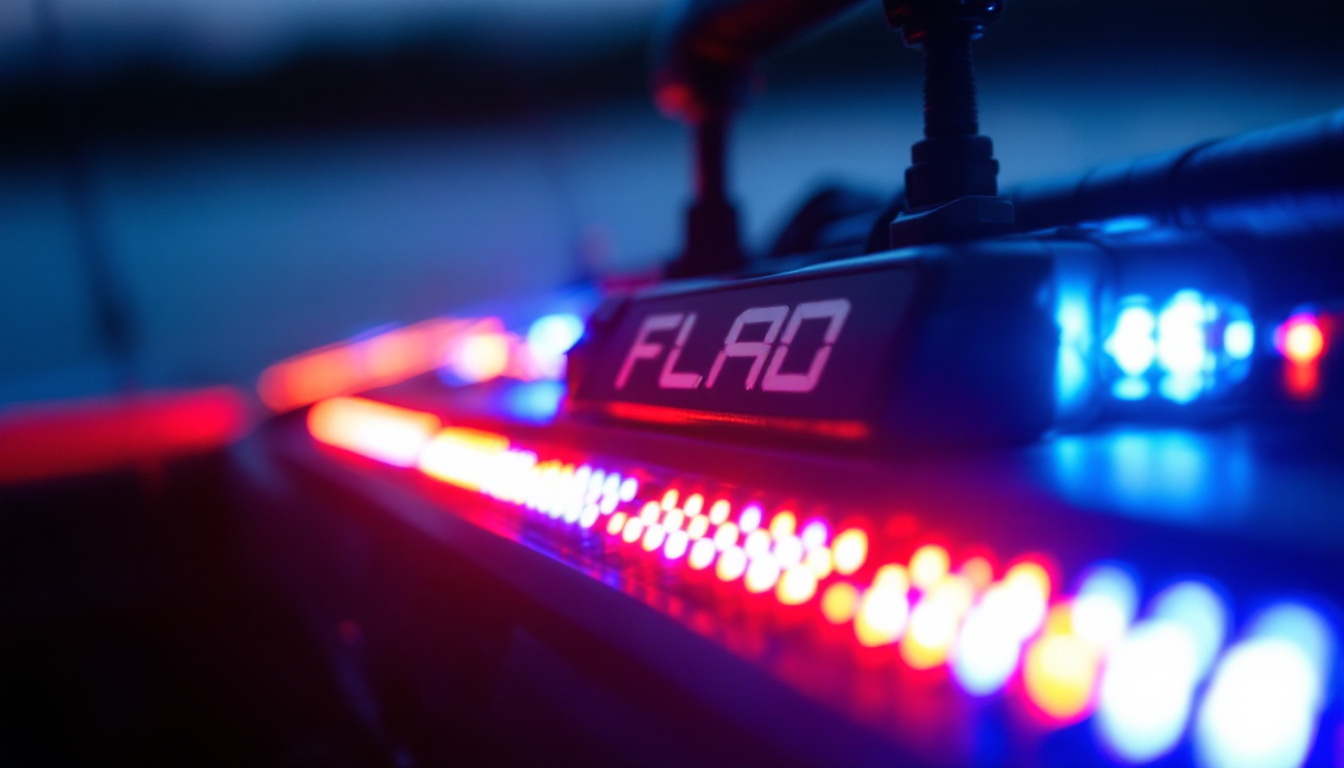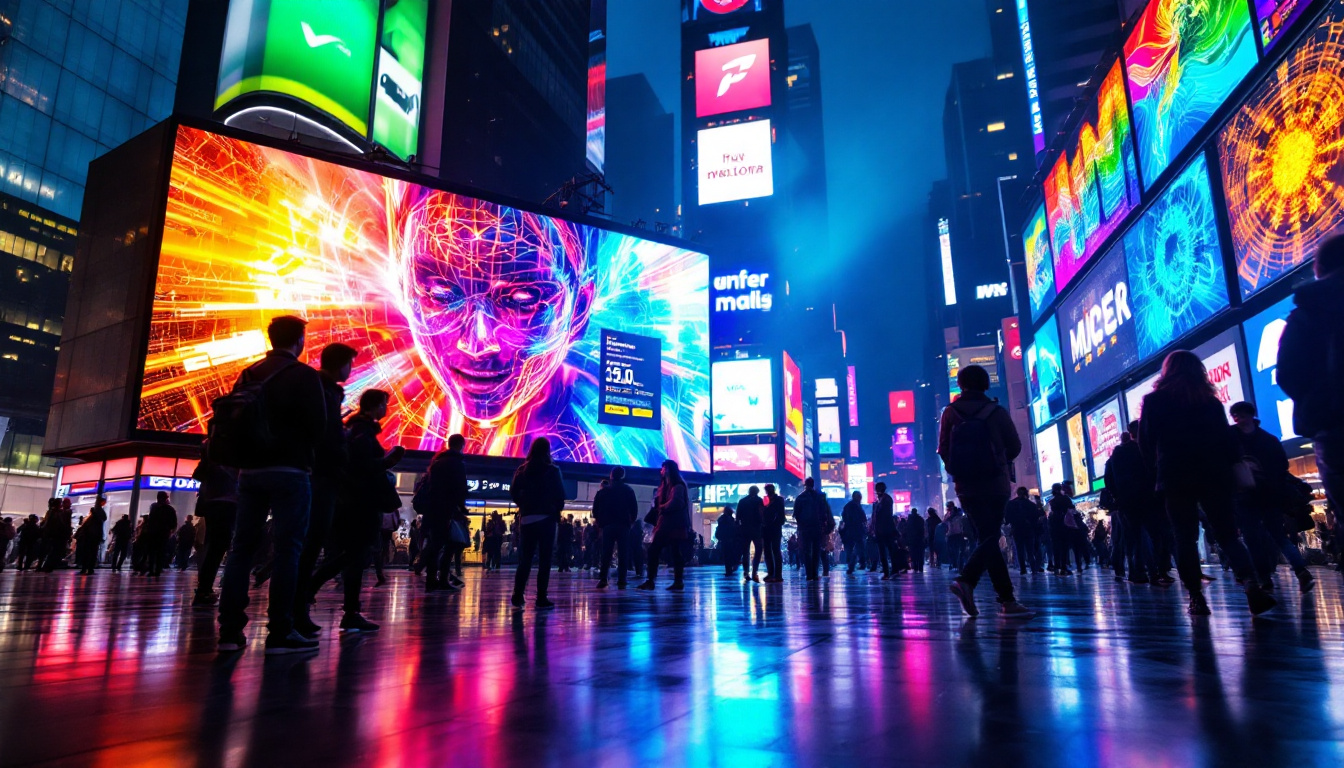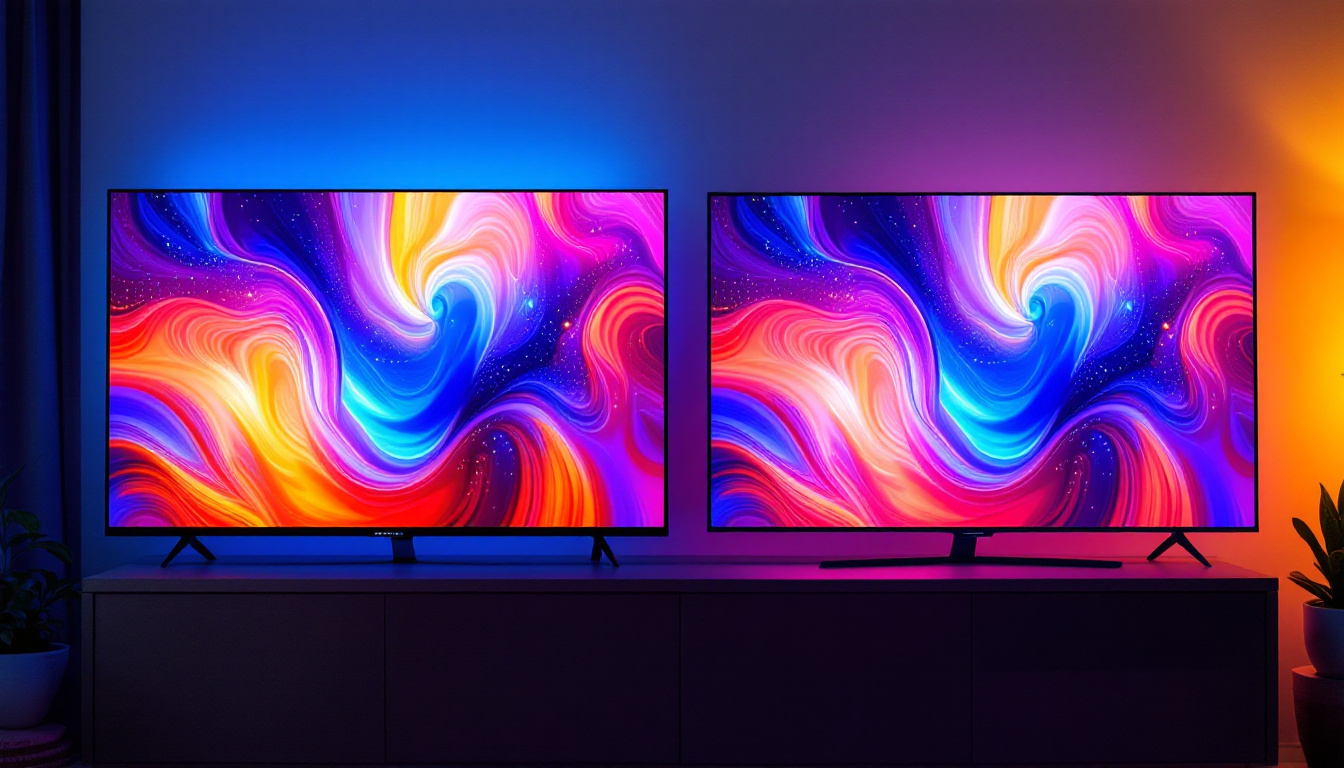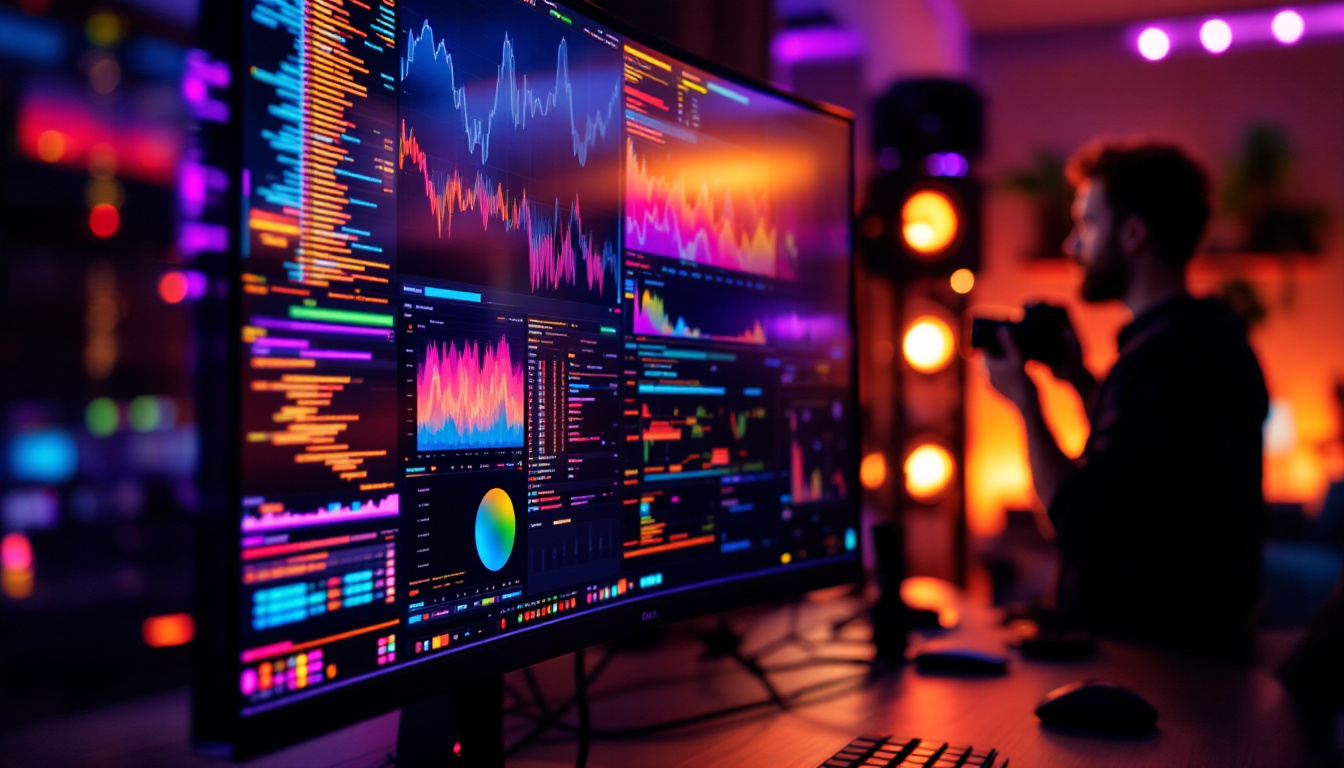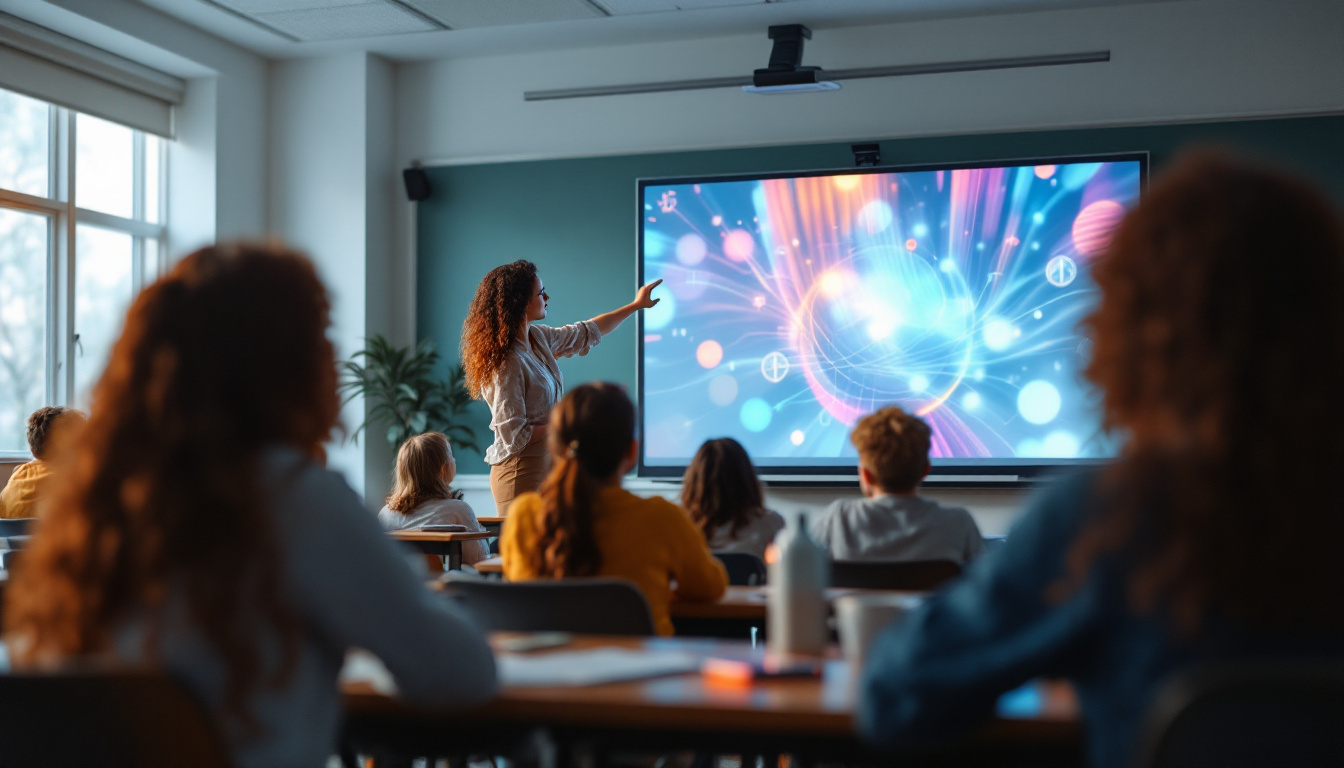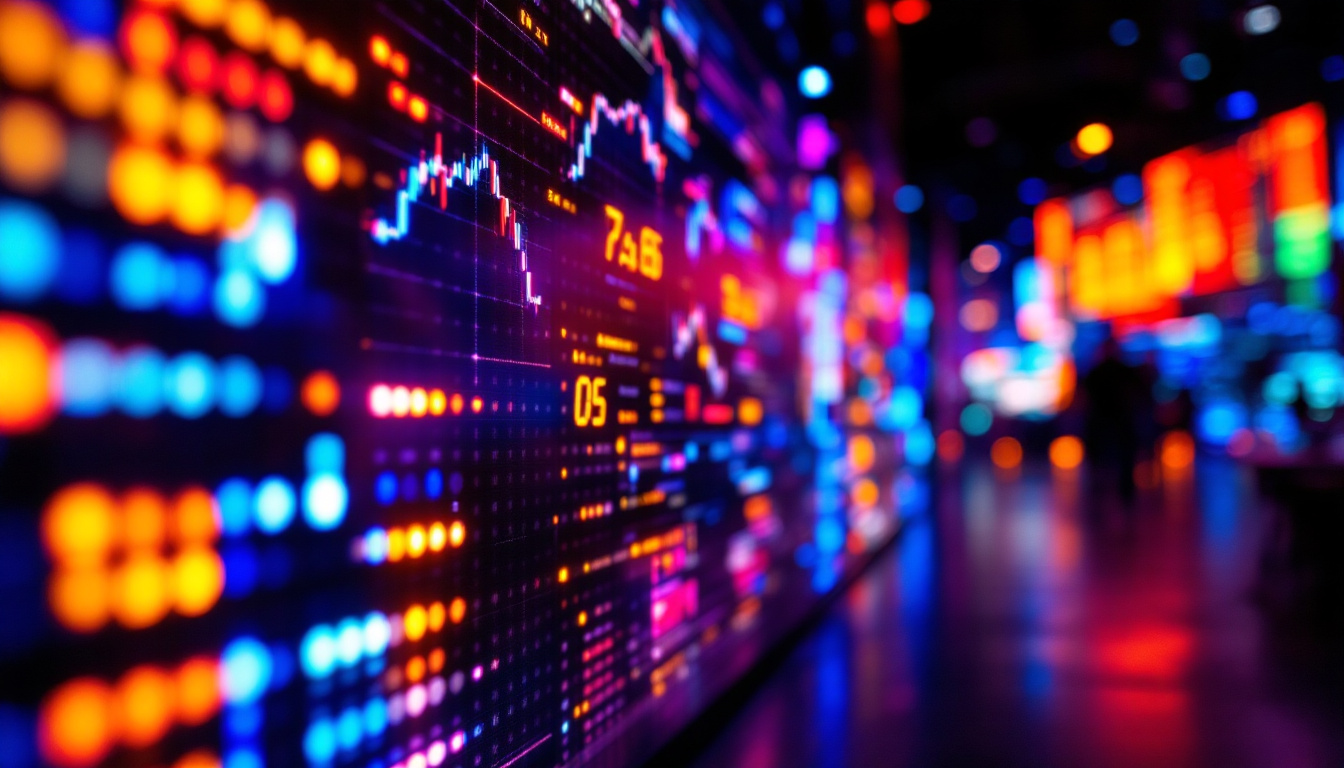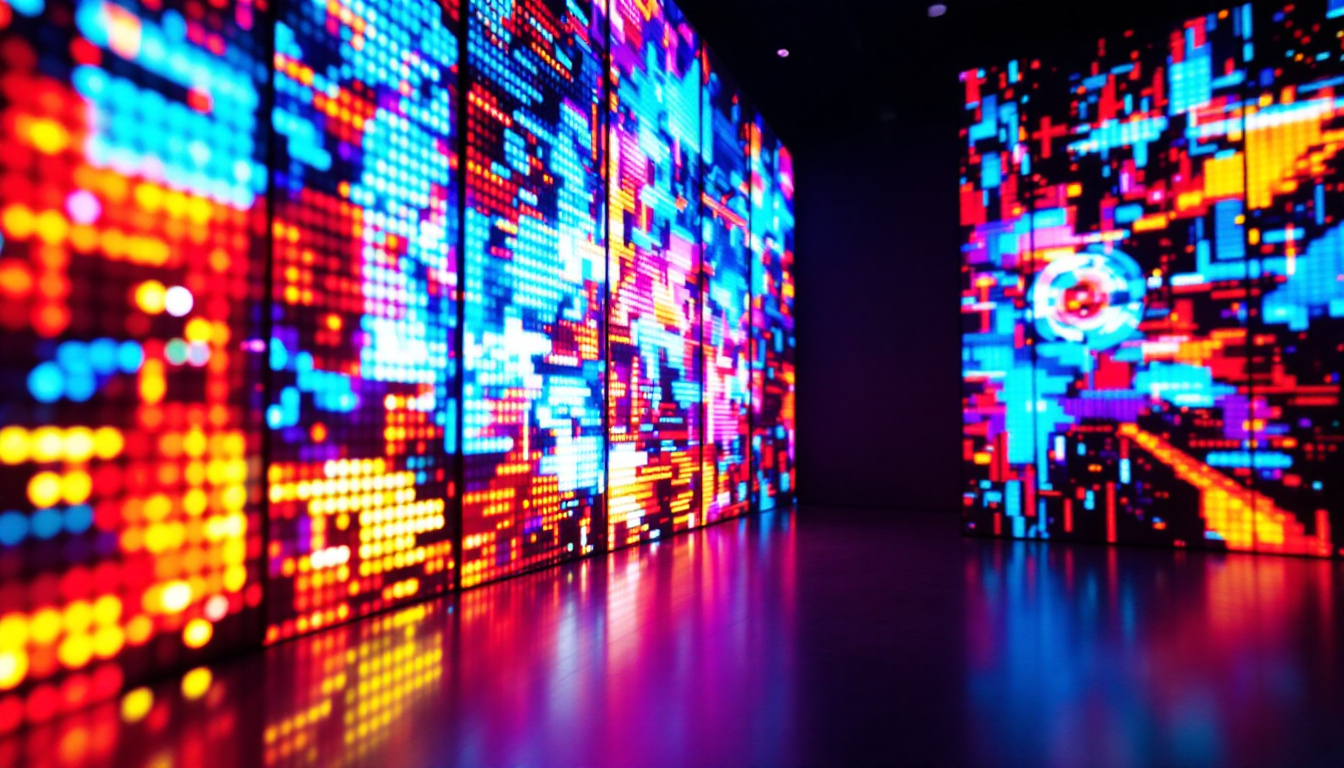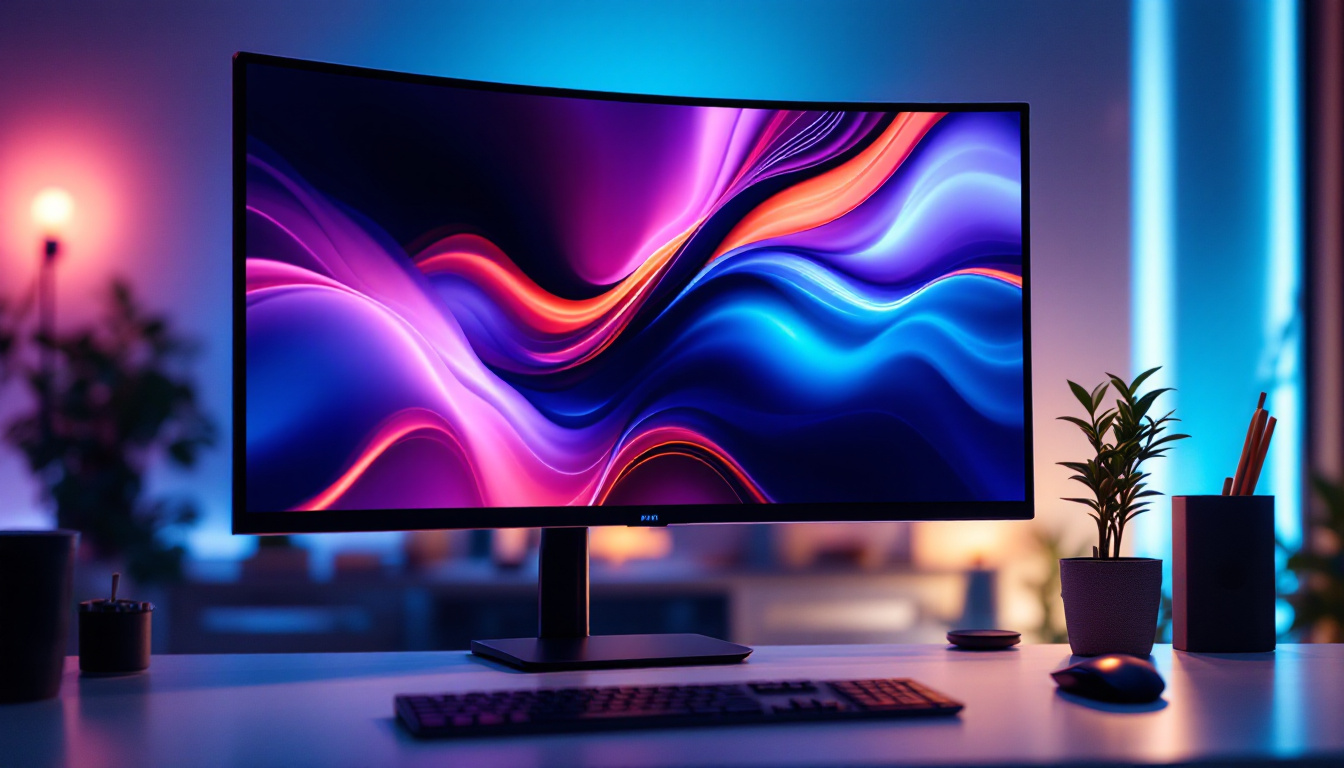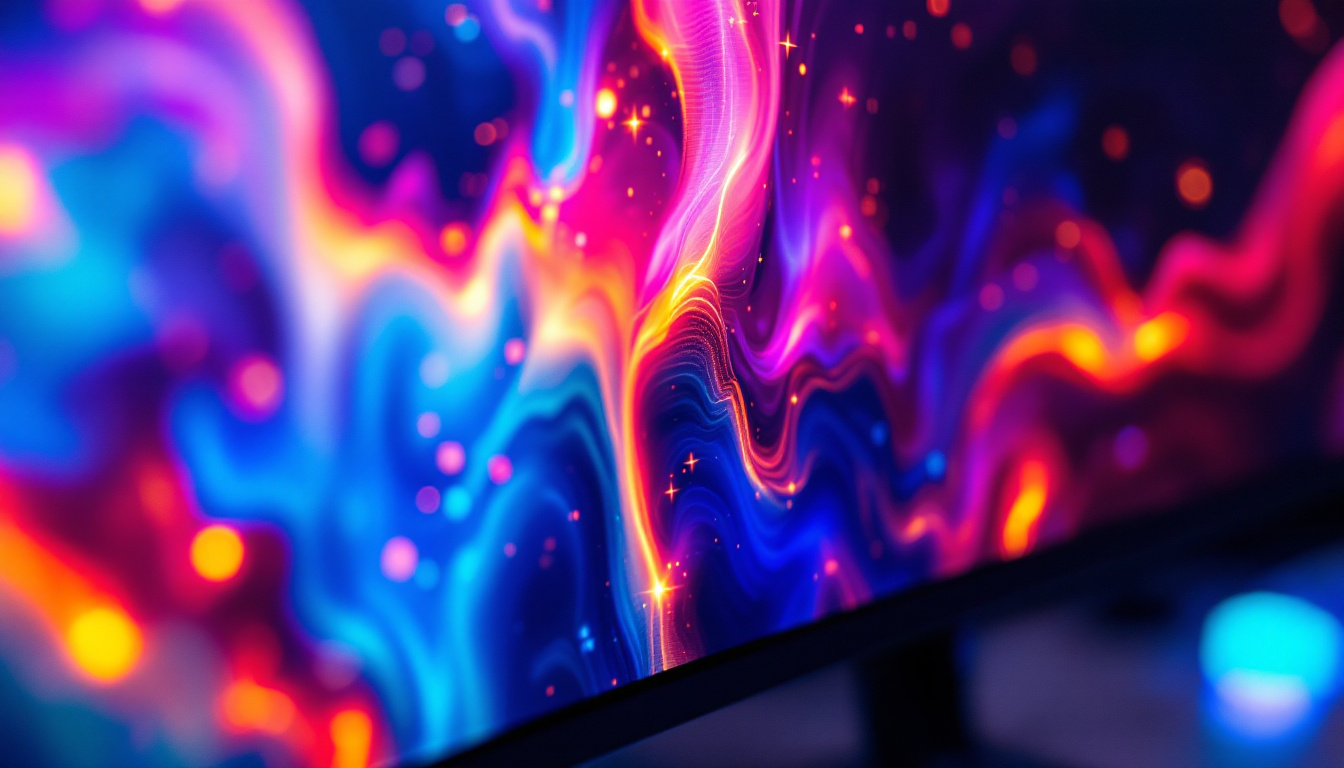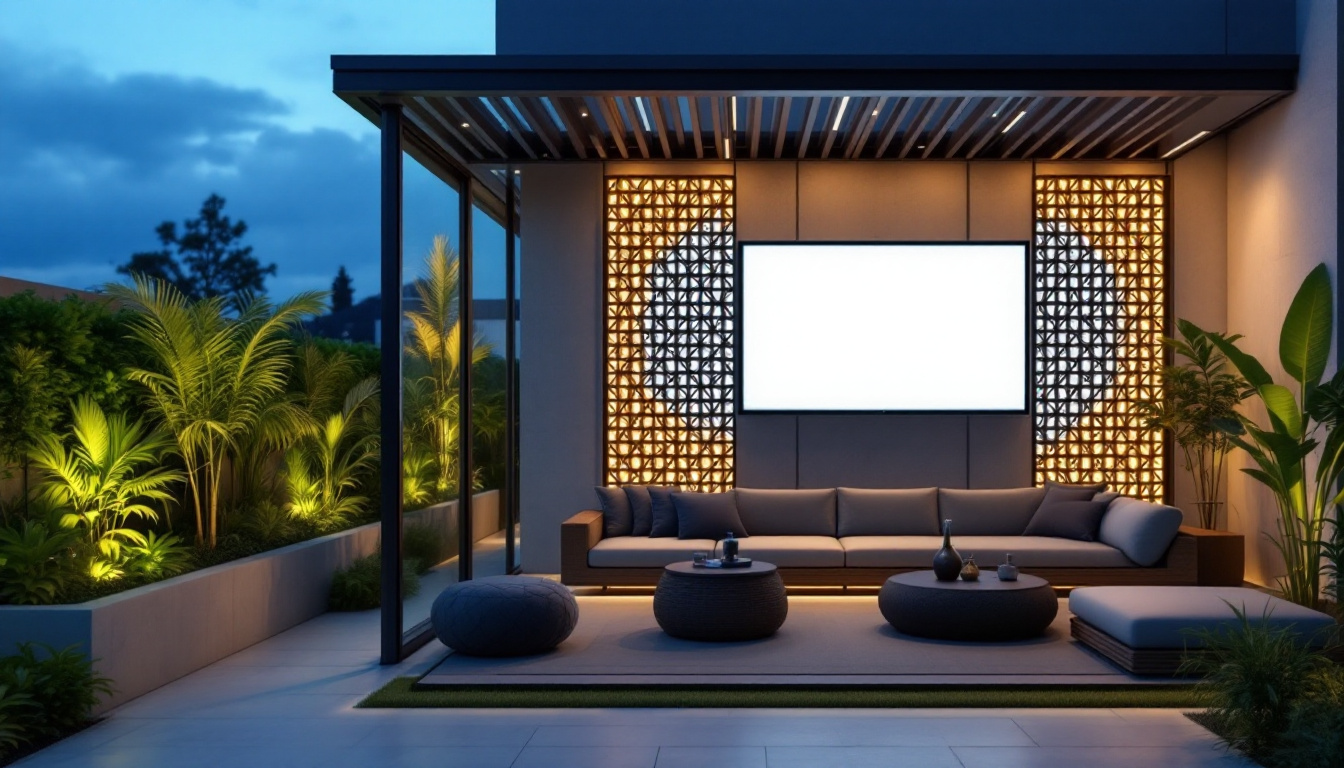In the world of visual technology, the demand for high-quality displays continues to rise. Among the various options available, foldable projection screens with LED displays have emerged as a popular choice for both personal and professional use. This article delves into the intricacies of foldable projection screens, exploring their features, advantages, and the technology behind LED displays.
Understanding Foldable Projection Screens
Foldable projection screens are designed for versatility and convenience. They can be easily transported and set up in various environments, making them ideal for presentations, movie nights, and outdoor events. The ability to fold these screens allows for compact storage and effortless transportation. Their lightweight design means that even a single person can manage the setup, making them a popular choice for educators, business professionals, and casual users alike.
Key Features of Foldable Projection Screens
One of the standout features of foldable projection screens is their portability. Many models come with lightweight materials that make them easy to carry. Additionally, they often include built-in mechanisms for quick setup and takedown, allowing users to focus on their content rather than the logistics of display installation. Some advanced models even incorporate features like automatic retraction or remote control operation, further enhancing user convenience.
Another notable feature is the variety of sizes available. Foldable screens can range from small, personal sizes suitable for home use to large formats designed for corporate presentations or public events. This versatility ensures that there is a suitable option for every need. For instance, compact screens are perfect for intimate gatherings or small classrooms, while larger screens can accommodate audiences in auditoriums or outdoor venues, ensuring everyone has a clear view of the presentation.
Materials and Construction
Foldable projection screens are typically constructed from durable materials that enhance their longevity. Common materials include polyester, PVC, and specialized fabrics that optimize image quality. The choice of material can significantly affect the screen’s performance, including factors like brightness and clarity. For example, high-gain materials can reflect more light, making them ideal for environments with ambient light, while other materials may be designed specifically for darkened rooms.
Moreover, many foldable screens feature a matte finish to reduce glare, ensuring that images are clear and vibrant from various viewing angles. This is particularly important in settings where lighting conditions may vary. Additionally, some screens come with a black backing to prevent light bleed-through, further enhancing image quality. The construction often includes reinforced edges and sturdy frames to withstand frequent use, making these screens a reliable choice for both casual and professional settings. Furthermore, many manufacturers offer screens with easy-to-clean surfaces, allowing users to maintain their equipment without hassle, which is especially beneficial for outdoor events where dust and debris can be a concern.
The Role of LED Displays
LED (Light Emitting Diode) technology has revolutionized the way images are displayed. In the context of foldable projection screens, LED displays offer several advantages over traditional projection methods. Understanding these benefits can help users make informed decisions when selecting a display option.
Enhanced Brightness and Color Accuracy
One of the most significant advantages of LED displays is their superior brightness. Unlike traditional projectors that may struggle in well-lit environments, LED screens maintain vibrant colors and sharp images even in challenging lighting conditions. This makes them an excellent choice for both indoor and outdoor use.
Furthermore, LED technology provides better color accuracy. This is crucial for presentations where precise color representation is necessary, such as in graphic design or photography. The ability to display a wider color gamut ensures that the content appears as intended, enhancing the overall viewing experience. This level of detail not only captivates audiences but also ensures that critical information is conveyed without distortion, making LED displays a preferred choice for professional settings.
Energy Efficiency and Longevity
LED displays are known for their energy efficiency. They consume significantly less power compared to traditional projection systems, making them a more sustainable choice. This not only reduces energy costs but also minimizes the environmental impact associated with high energy consumption.
In addition to being energy-efficient, LED displays have a longer lifespan. While traditional bulbs may require frequent replacements, LED technology can last for tens of thousands of hours, resulting in lower maintenance costs and less waste over time. This longevity is particularly beneficial for businesses and educational institutions that rely on displays for daily operations, as it reduces the frequency of downtime and the associated costs of repairs or replacements. Moreover, the durability of LED screens means they can withstand the rigors of constant use, making them a reliable investment for any setting.
Another noteworthy aspect of LED technology is its adaptability. With advancements in design, LED displays can now be integrated into various environments, from sleek corporate boardrooms to vibrant outdoor events. The flexibility of these displays allows for creative installations, such as curved or modular screens that can be tailored to fit specific spaces and needs. This versatility is further enhanced by the ability to connect LED displays to various devices, facilitating seamless presentations and interactive experiences that engage viewers in new and exciting ways.
Applications of Foldable Projection Screens with LED Displays
The versatility of foldable projection screens equipped with LED displays makes them suitable for a wide range of applications. From educational settings to corporate environments, these screens can enhance the way information is presented and consumed.
Educational Use
in educational institutions, foldable projection screens are invaluable tools for teachers and students alike. They facilitate interactive learning experiences, allowing educators to present multimedia content effectively. The portability of these screens means they can be easily moved between classrooms or used for outdoor educational activities.
Moreover, with the incorporation of LED technology, students can benefit from clearer visuals, which can enhance comprehension and retention of information. This is particularly beneficial in subjects that rely heavily on visual aids, such as science and art.
Corporate Presentations
In the corporate world, the ability to deliver impactful presentations is crucial. Foldable projection screens with LED displays allow professionals to present their ideas with clarity and precision. The high brightness and color accuracy ensure that charts, graphs, and other visual aids are easily visible to all attendees, regardless of their seating position.
Additionally, the portability of these screens means they can be used in various settings, from boardrooms to trade shows. This adaptability allows businesses to maintain a professional image while effectively communicating their messages.
Home Entertainment
For home entertainment enthusiasts, foldable projection screens with LED displays offer an immersive viewing experience. Whether it’s for movie nights, gaming, or sports events, these screens can transform any space into a mini-theater. The vibrant colors and sharp images enhance the overall enjoyment of visual content.
Furthermore, the ease of setup and takedown makes it simple to create a cinematic experience in the comfort of one’s home without the need for permanent installations. This flexibility is particularly appealing for those who may not have dedicated media rooms.
Choosing the Right Foldable Projection Screen
When selecting a foldable projection screen with an LED display, several factors should be considered to ensure the best fit for specific needs. Understanding these factors can help users make informed choices that align with their usage scenarios.
Screen Size and Aspect Ratio
The size of the screen is one of the most critical factors to consider. It should be appropriate for the intended viewing distance and audience size. A larger screen may be necessary for larger venues or groups, while smaller screens may suffice for personal use.
Additionally, the aspect ratio is essential, especially for multimedia content. Common aspect ratios include 16:9 for widescreen formats and 4:3 for traditional presentations. Choosing the correct aspect ratio ensures that content is displayed without distortion, providing an optimal viewing experience.
Portability and Setup
Portability is a significant advantage of foldable projection screens. When selecting a screen, consider its weight and the ease of setup. Some models come with built-in stands or frames that facilitate quick assembly, while others may require additional equipment.
Furthermore, check if the screen includes a carrying case for easy transport. This feature can be particularly beneficial for users who frequently move their screens between locations.
Budget Considerations
Finally, budget is a crucial factor in the decision-making process. Foldable projection screens with LED displays are available at various price points, depending on features, size, and brand. It’s essential to balance quality and cost to find a screen that meets both performance expectations and financial constraints.
Investing in a quality screen may result in better performance and longevity, ultimately providing better value over time. Therefore, it’s advisable to conduct thorough research and read reviews before making a purchase.
Conclusion
Foldable projection screens with LED displays represent a significant advancement in visual technology, offering a blend of portability, versatility, and high-quality performance. Their applications span various fields, from education to corporate presentations and home entertainment, making them a valuable tool for anyone seeking to enhance their visual experience.
By understanding the features, benefits, and considerations involved in selecting a foldable projection screen, users can make informed decisions that cater to their specific needs. As technology continues to evolve, these screens are likely to become even more integral to how visual content is shared and experienced.
In a world where effective communication is paramount, investing in a foldable projection screen with LED display technology can significantly elevate the quality of presentations, entertainment, and educational experiences.
Discover LumenMatrix’s Advanced LED Display Solutions
Ready to take your visual experiences to the next level? LumenMatrix is at the forefront of LED display innovation, offering a wide array of solutions that cater to your every need. Whether you’re looking to captivate an audience with an Indoor LED Wall Display, make a statement with a Vehicle LED Display, or create a unique environment with a Custom LED Display, LumenMatrix has the technology to bring your vision to life. Elevate your presentations, entertainment, and educational experiences with our cutting-edge LED display modules. Check out LumenMatrix LED Display Solutions today and see how we can transform your visual communication.

